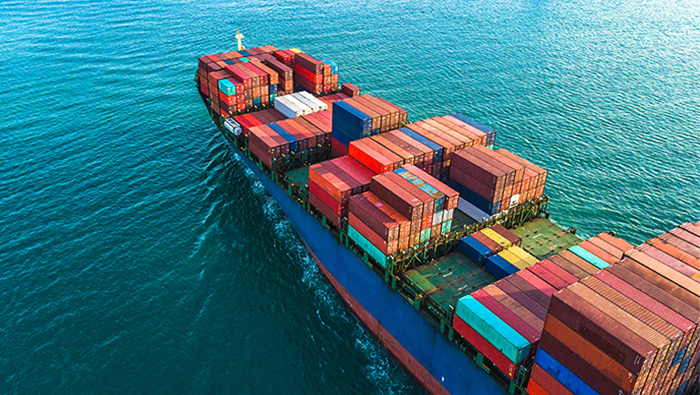
Muscat: The aggregate Gulf Cooperation Council (GCC) government deficit is expected to fall sharply to about $80 billion in 2021 (5 per cent of GDP) from $143 billion in 2020 (10 per cent of GDP), S&P Global Ratings said in its latest report.
The lower deficits will be supported by higher oil prices, fiscal consolidation measures, and a higher level of economic activity as COVID-19 restrictions are lifted, the rating agency said.
“Nevertheless, still-high Gulf Cooperation Council (GCC) government deficits will result in continued balance sheet deterioration in most cases,” it added.
That said, GCC sovereigns have demonstrated ready access to international capital markets and many have substantial pools of external liquid assets available to fund their fiscal deficits and support their economies in the face of external shocks, S&P Global said in its report.
The rating agency estimates that government deficits will reach about $355 billion cumulatively between 2021 and 2024. About 60 per cent of this relates to Saudi Arabia, the GCC's largest economy, followed by Kuwait with 25 per cent, the United Arab Emirates (UAE) with 7 per cent, and Oman with 4 per cent.
The aggregate GCC government deficit did not deteriorate by as much in 2020 as it did in 2016, the rating agency said. This is despite a slightly lower average Brent oil price of $42 per barrel (/bbl) in 2020, compared with $44/bbl in 2016, and the GCC economies being hit by the additional shock of the COVID-19 pandemic
.
The data indicates that while Kuwait's fiscal deficit was much larger in 2020 and Bahrain's deficit was broadly in line with 2016, other GCC countries experienced stronger budgetary performance.
Many GCC states have shown spending restraint in response to the double external shocks of 2020, given their already large fiscal deficits going into the year, S&P Global said in its report.
Some have also made inroads to diversifying their government revenue streams away from hydrocarbons.
Value added tax (VAT) was introduced in Saudi Arabia and the UAE in 2018, in Bahrain in 2019, and Oman in 2021. The stronger regional outturn in 2020 compared with 2016 was significantly driven by Saudi Arabia, where the VAT rate increased to 15 per cent from 5 per cent to shore up government revenue.
“We expect that Kuwait will register the highest central government deficit-to-GDP ratio of 20 per cent in 2021, followed by Bahrain and the UAE at 6 per cent, Saudi Arabia at 5 per cent, and Qatar at 1 per cent,” the rating agency said.
“We expect fiscal deficits will reduce over 2021-2022 and widen again in 2023-2024 given our oil price assumptions, as well as the gradual tapering of oil production cuts in line with the May 2021 OPEC+ agreement, S&P Global said.
“In our forecasts, we assume an average Brent oil price of $60/bbl for the remainder of 2021, $60/bbl in 2022, and $55/bbl in 2023 and beyond,” it further added.
Since the structural decline in oil prices, many GCC sovereigns have posted sizable central government deficits, the rating agency said.
These increased funding needs to be prompted a total GCC government debt issuance in local and foreign currency of $90 billion in 2016 and close to $100 billion in 2017, it added.
GCC government debt increased by much less in 2020 ($70 billion), due to fiscal constraints and more diversified government revenue sources.
“Looking ahead, we expect total annual debt issuance to average about $50 billion over 2021-2024, with higher borrowing in the outer years, when we assume lower oil prices,” S&P Global said in its report.